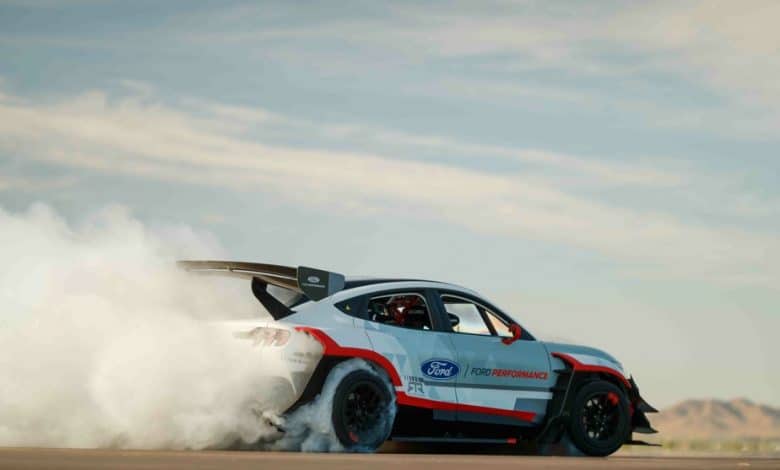Why the electric vehicle is backtracking

The architecture of the vast majority of electric vehicles is based on a rear-wheel drive mode. Should we be worried about this backtracking?
For 40 years, however, the cause seemed to have been heard. The propulsion (rear-wheel drive) was reserved for high-end brands or rare sports models. The rest of auto production stuck with front-wheel drive (front-wheel drive) or, better yet, all-wheel drive (four-wheel drive).
With the rise of electric vehicles, this scheduling will completely disappear. Moreover, many manufacturers, including Volkswagen, already predict that traction will end its days in museums in the company of the thermal engine and the manual gearbox.
Strong arguments
It is a return to basics dictated by the current energy transition: the automobile puts the rear wheels back in the spotlight as a drive mode.
For traction, which the 1980s raised to the rank of a marker of modernity, the tide is likely to turn, because the time has come for the rehabilitation of driving dynamics.
Indeed, the arguments in favor of a towed architecture, weight reduction, increased interior space and superior traction, no longer hold water with the electric vehicle. This concentrates – if not containing – its weight on the floor, which not only creates a cabin just as spacious as that of an ordinary vehicle, but also to distribute its masses in a more balanced way. This latter aspect makes it possible in particular to optimize road holding on a pavement with a low coefficient of adhesion more easily than if all the weight is concentrated at one end or another of the vehicle.

PHOTO PROVIDED BY HYUNDAI
The South Korean group Hyundai will soon market the first electric products (Ioniq 5, Kia EV6, Genesis GV60) developed on its E-GMP platform. A surprising architecture – the last rear-wheel-drive Hyundai were the Pony and Stellar, in the 1980s – but in tune with the times. Indeed, the vast majority of electric vehicles will have propulsion as their preferred mode of drive.
Other factors explain this reconversion towards the “all at the back”. An electric motor quickly exposes the limits inherent in traction, renowned for its virulence and instantaneity. This, let us remember, struggles to contain very strong powers on its front axle which happens to be both engine and director.
In addition, the relatively even weight distribution of an electric vehicle (EV) instinctively prompts engineers to direct power to the rear axle, where the weight shifts under acceleration. Finally, the low weight / size ratio of the electric motor does not penalize interior space and therefore allows a second to be fitted to create an integral drive mode (four-wheel drive). This “two-engine” option is already in the catalog of all EVs with a powered architecture.
Electric vehicles deposited on a propulsion architecture
Audi e-tron GT
Audi Q4 e-tron
Bmw i4
BMW iX
Ford Mustang Mach-E
Genesis GV60
Ioniq 5
Kia EV6
Mercedes EQS
Porsche Taycan
Porsche Taycan Cross Turismo
Tesla Model 3
Tesla Model S
Tesla Model X
Volkswagen ID.4
Electric vehicles deposited on a traction architecture
Audi e-tron
Audi e-tron Sportback
Chevrolet Bolt
Hyundai Kona EV
Imperium ET5
Kia Niro EV
Kia Soul EV
Mazda MX-30
Nissan ariya
Nissan Leaf
Polestar 2
Volvo C40 Recharge
Volvo XC40 Recharge












